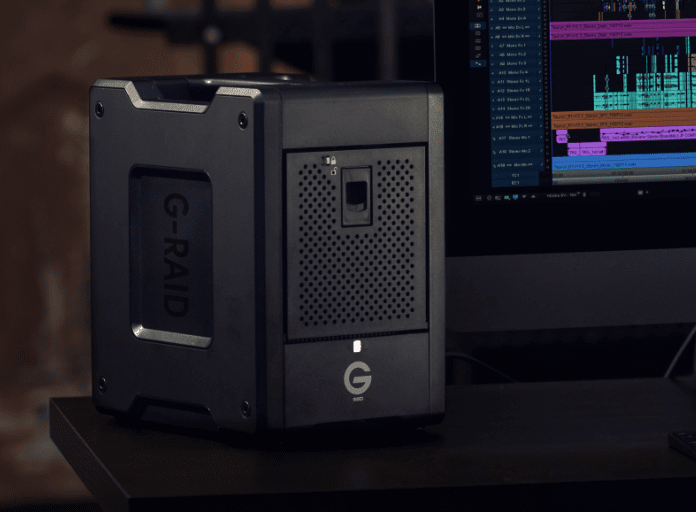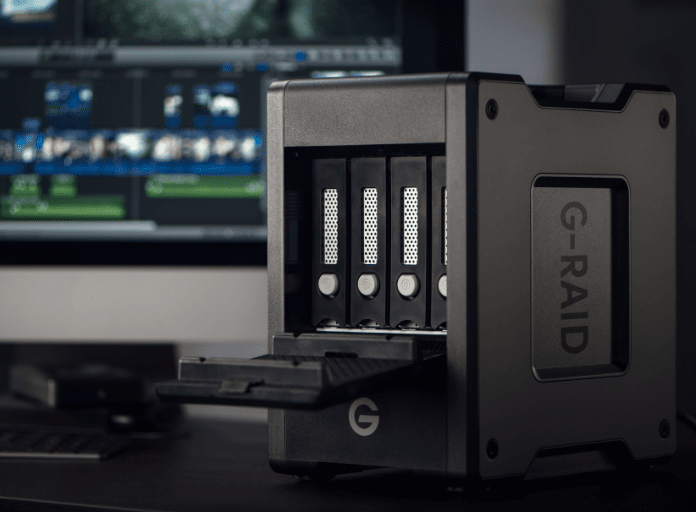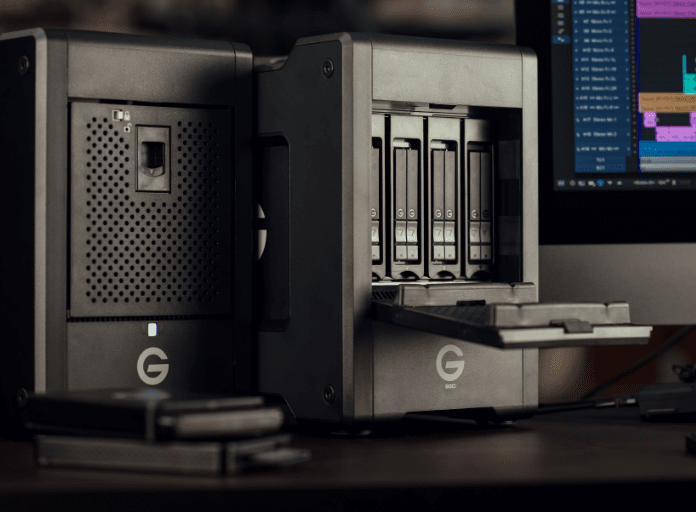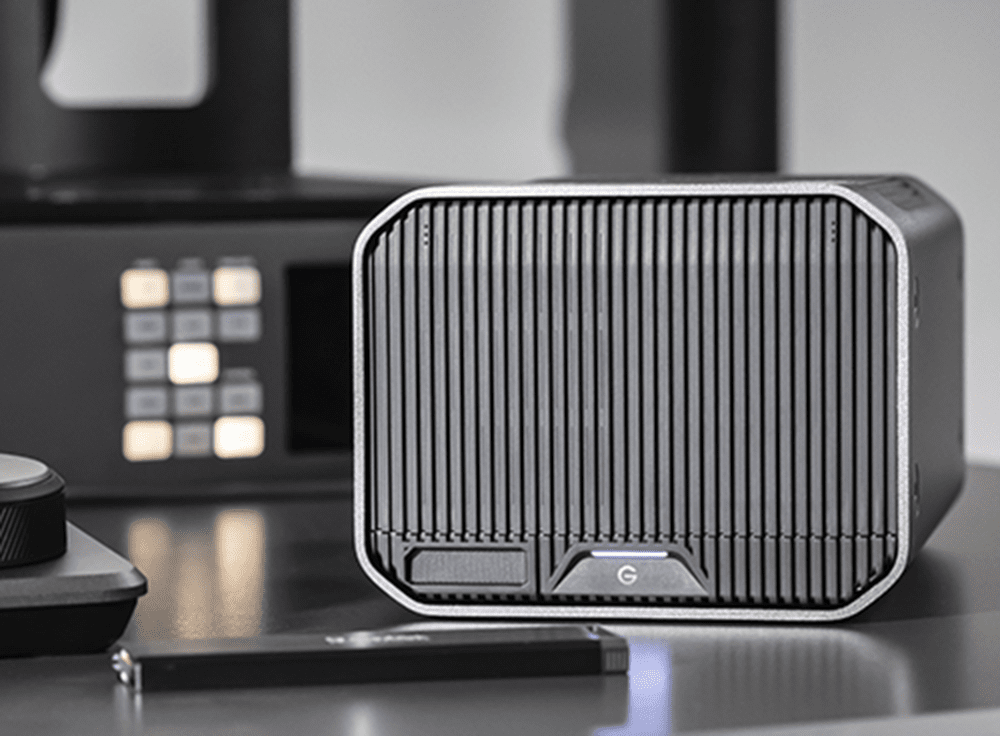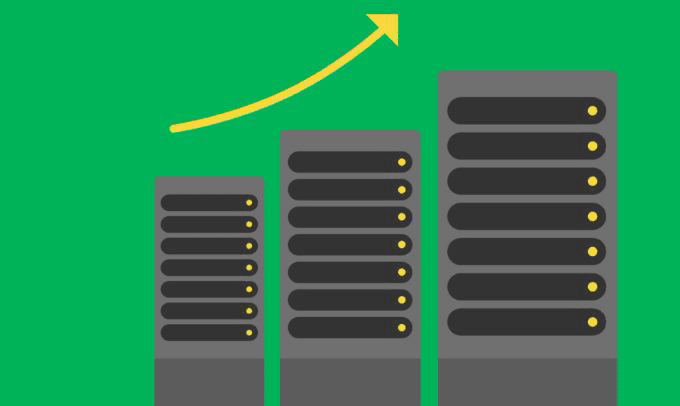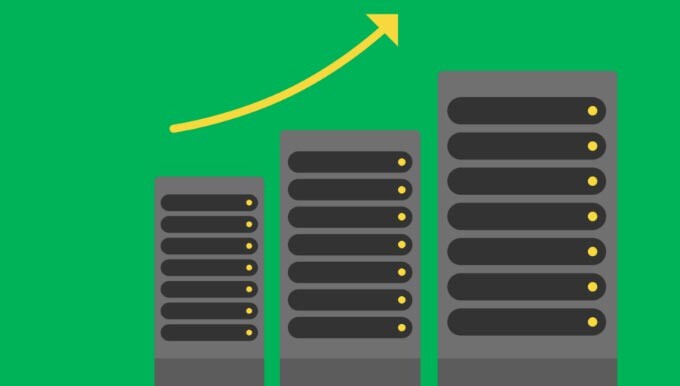Informacje ogólne
Magazyn danych RAID
Pamięć masowa RAID dopasowana do konkretnych wymagań wydajności systemu, nadmiarowości danych lub obu tych aspektów.
Czym jest magazyn danych RAID?
RAID (Redundant Array of Independent Disks) to rodzaj magazynu, który zapisuje dane na wielu dyskach w tym samym systemie. Różne konfiguracje są oznaczone numerami, np. RAID 0, RAID 1 lub RAID 5. Każda konfiguracja RAID zapewnia użytkownikom różne korzyści, w tym zwiększoną wydajność, większą tolerancję na błędy lub kombinację obu tych aspektów, w zależności od sposobu zapisu i dystrybucji danych.
Profesjonalna wydajność
Zyskaj wydajność i ochronę, których potrzebujesz w kreatywnych przepływach pracy wymagających dużej ilości danych.
Moc produkcyjna
Rozwiązania RAID można skonfigurować do najbardziej rygorystycznych zastosowań, m.in. wymagających realizacji w wyznaczonym terminie, dotyczących danych wrażliwych i postprodukcyjnych przepływów pracy.
Współdziałanie z chmurą
Gotowy do działania w chmurze magazyn danych RAID może być idealny zarówno dla użytkowników biznesowych, jak i domowych, którzy chcą uzyskać dostęp do swoich danych z dowolnego miejsca.
Tolerancja na błędy
RAID może zapewnić wysoką ochronę danych i nadmiarowość, gdy czas pracy i dostępność są kluczowymi potrzebami.
Omówienie konfiguracji RAID
Dowiedz się więcej o najpopularniejszych konfiguracjach RAID, które pomogą Ci zrozumieć Twoje potrzeby, a także zawęzić wymagania dotyczące wydajności, ochrony danych i pojemności.
| Większa prędkość | Większa nadmiarowość | Min. wymagana liczba dysków | |
|---|---|---|---|
| RAID 0 | ✔ | 2 | |
| RAID 1 | ✔ | 2 | |
| RAID 5 | ✔ | ✔ | 3 |
| RAID 10 | ✔ | ✔ | 4 |
| JBOD i JBOF | 1 |
Wybór odpowiedniego rozwiązania RAID
Znajdź odpowiedni dla siebie produkt RAID, niezależnie od tego, czy chcesz poprawić wydajność, zmaksymalizować nadmiarowość danych, czy też udoskonalić oba te aspekty.





